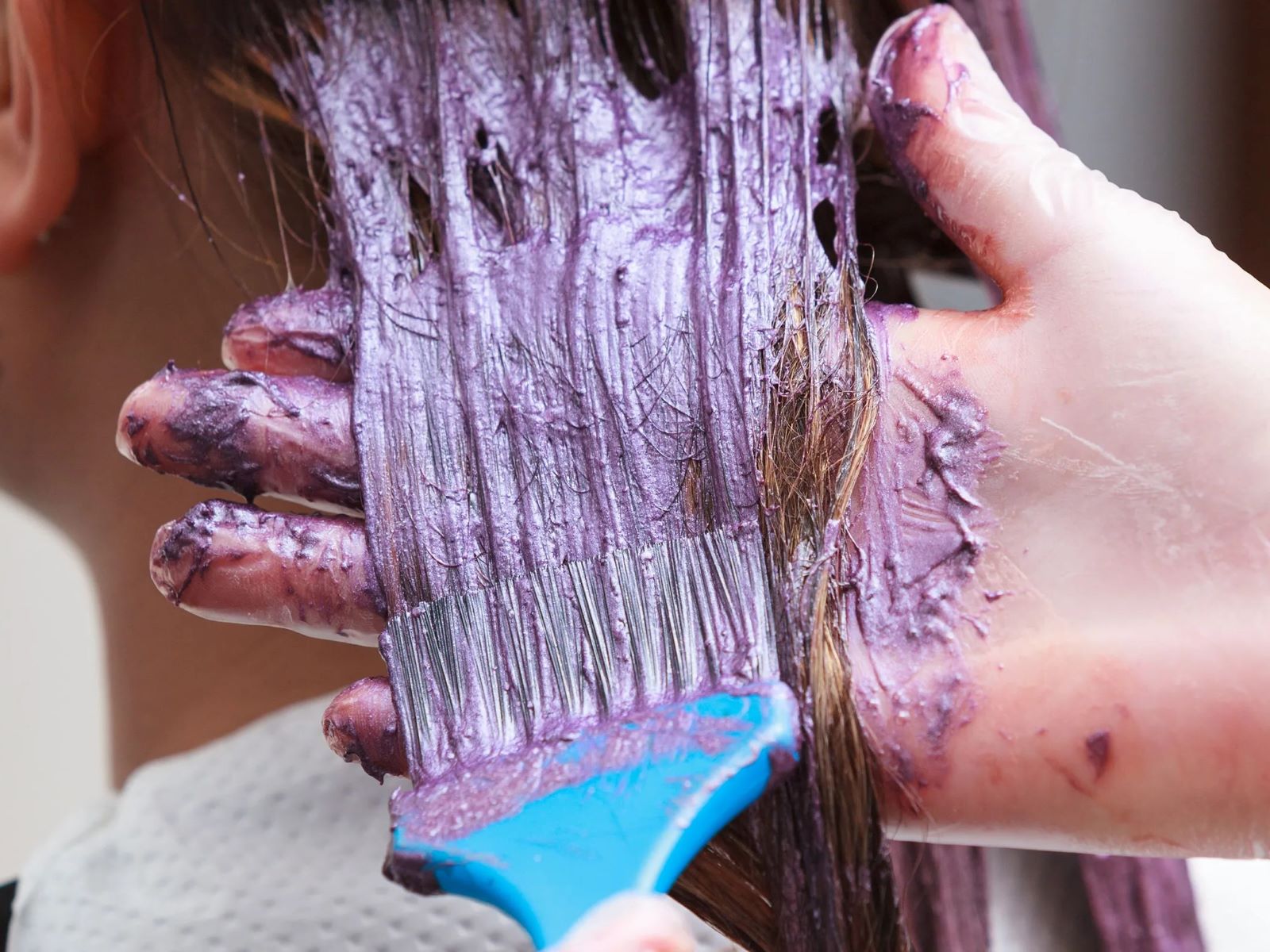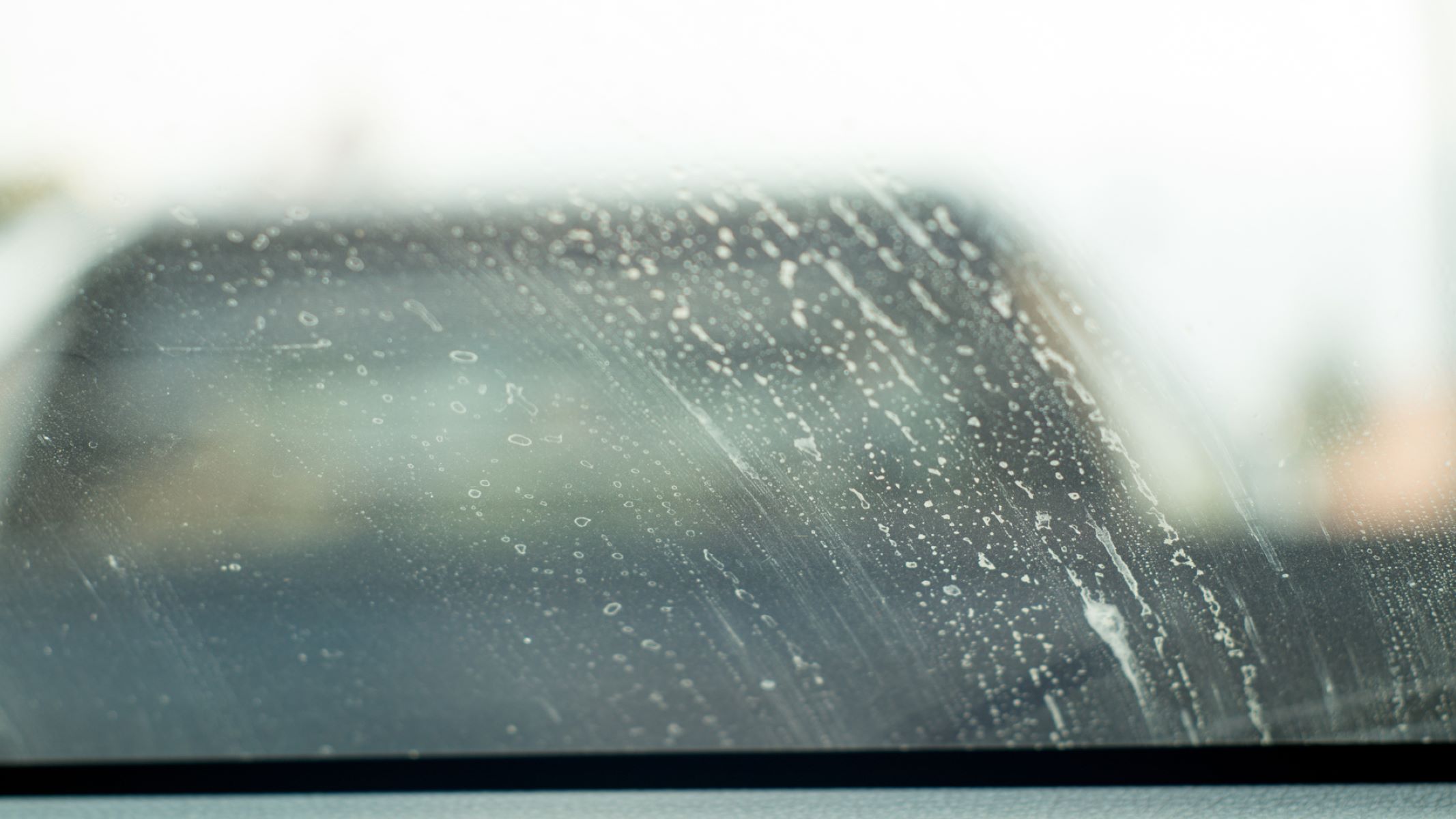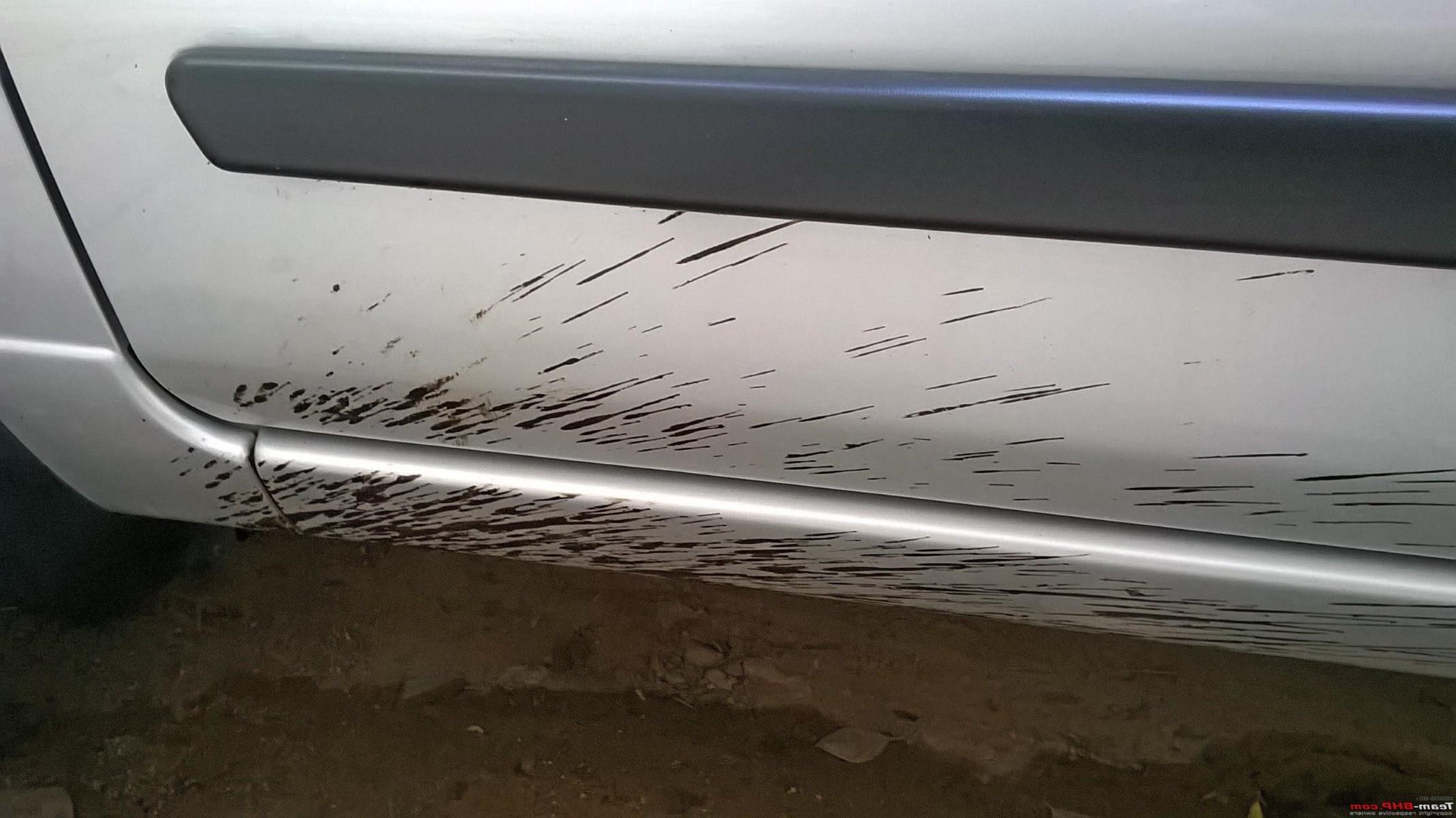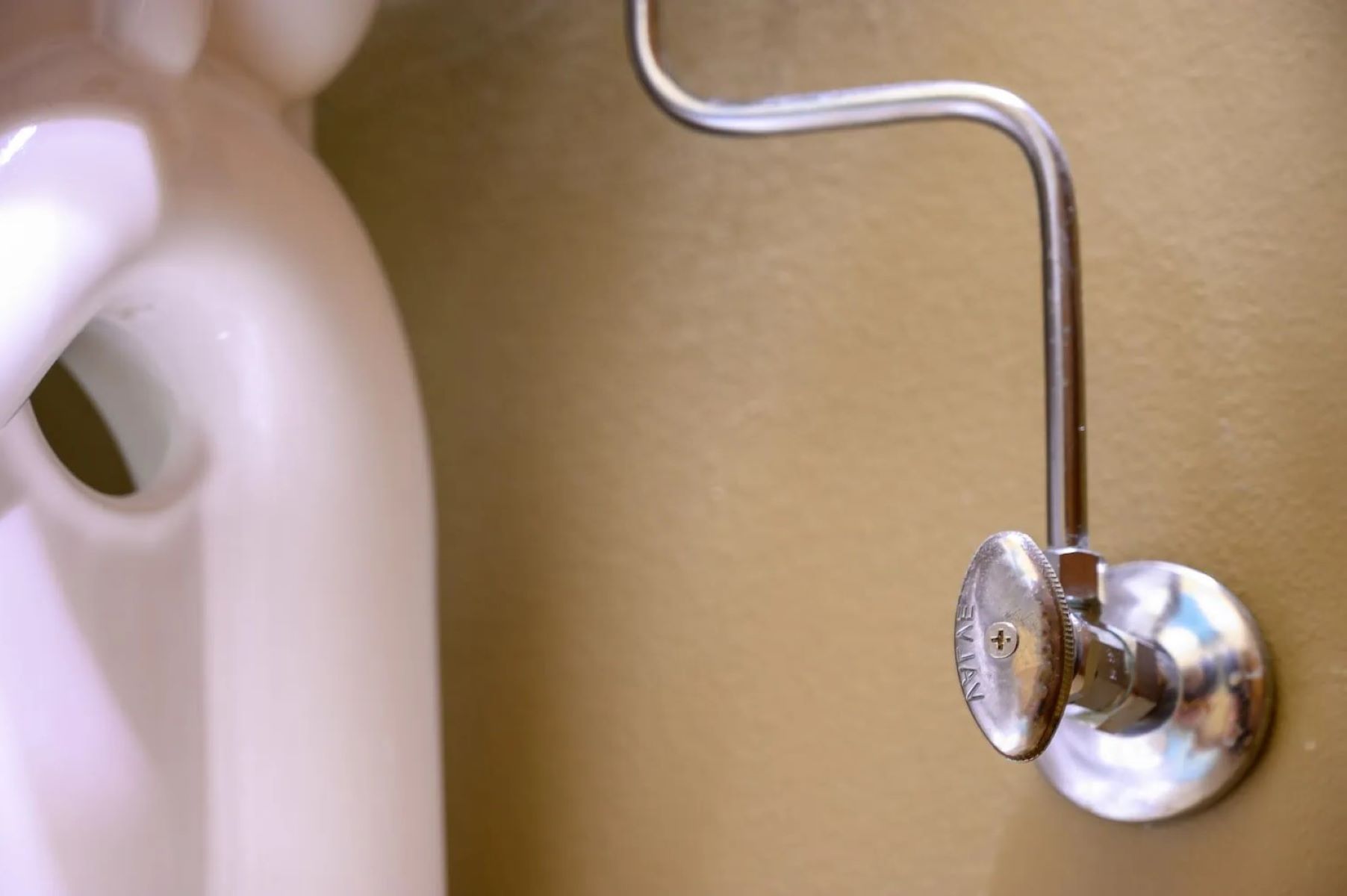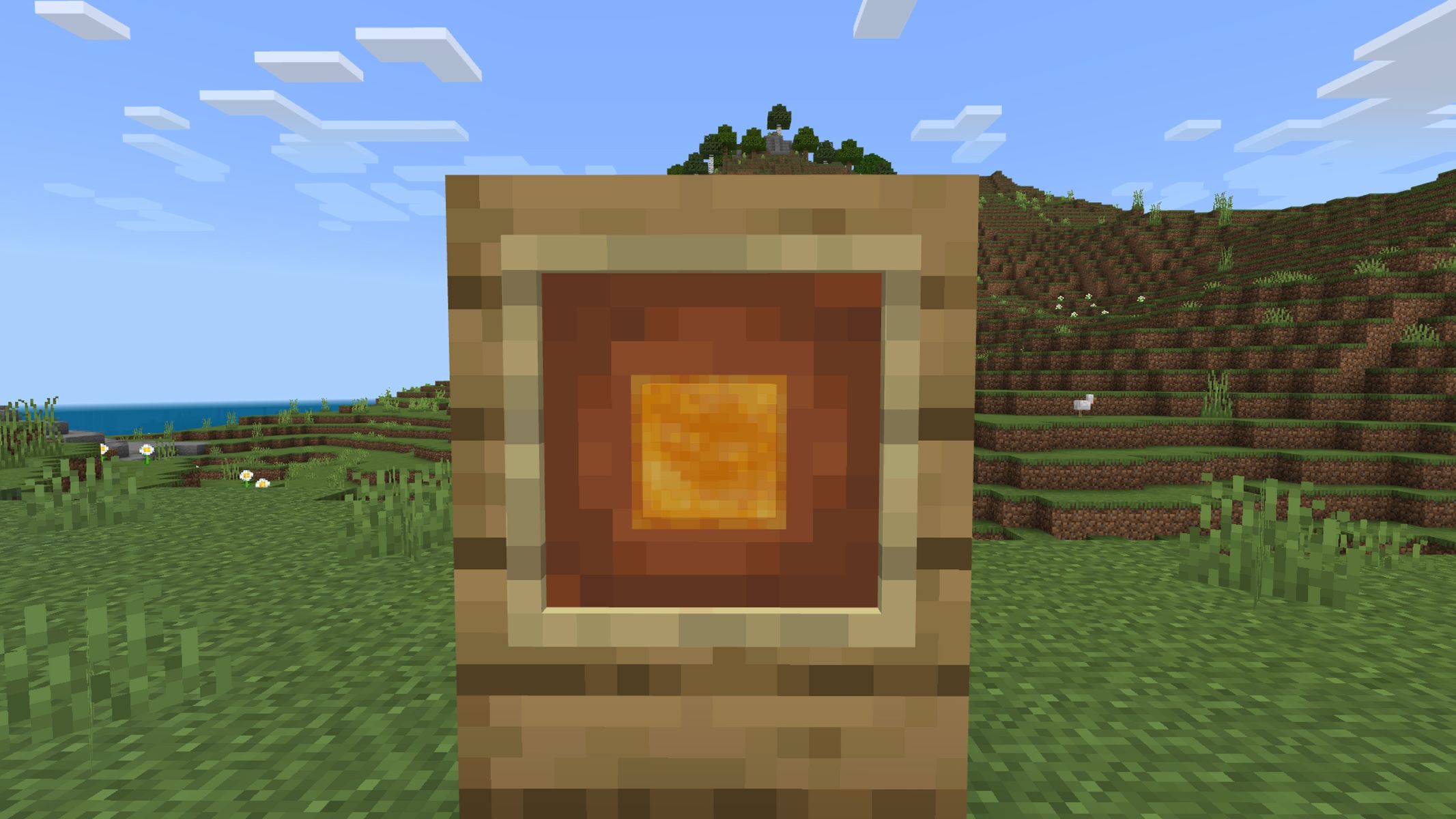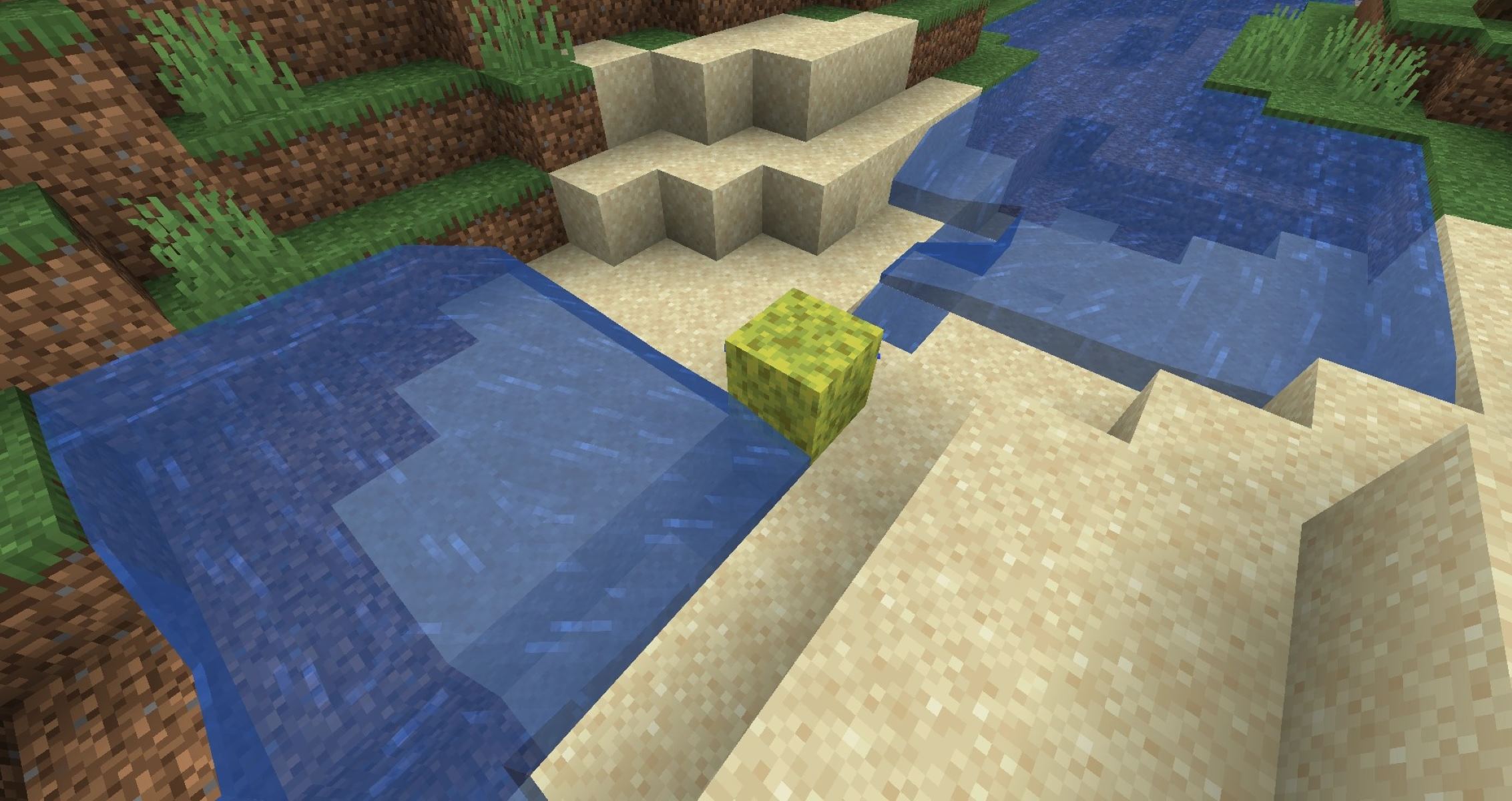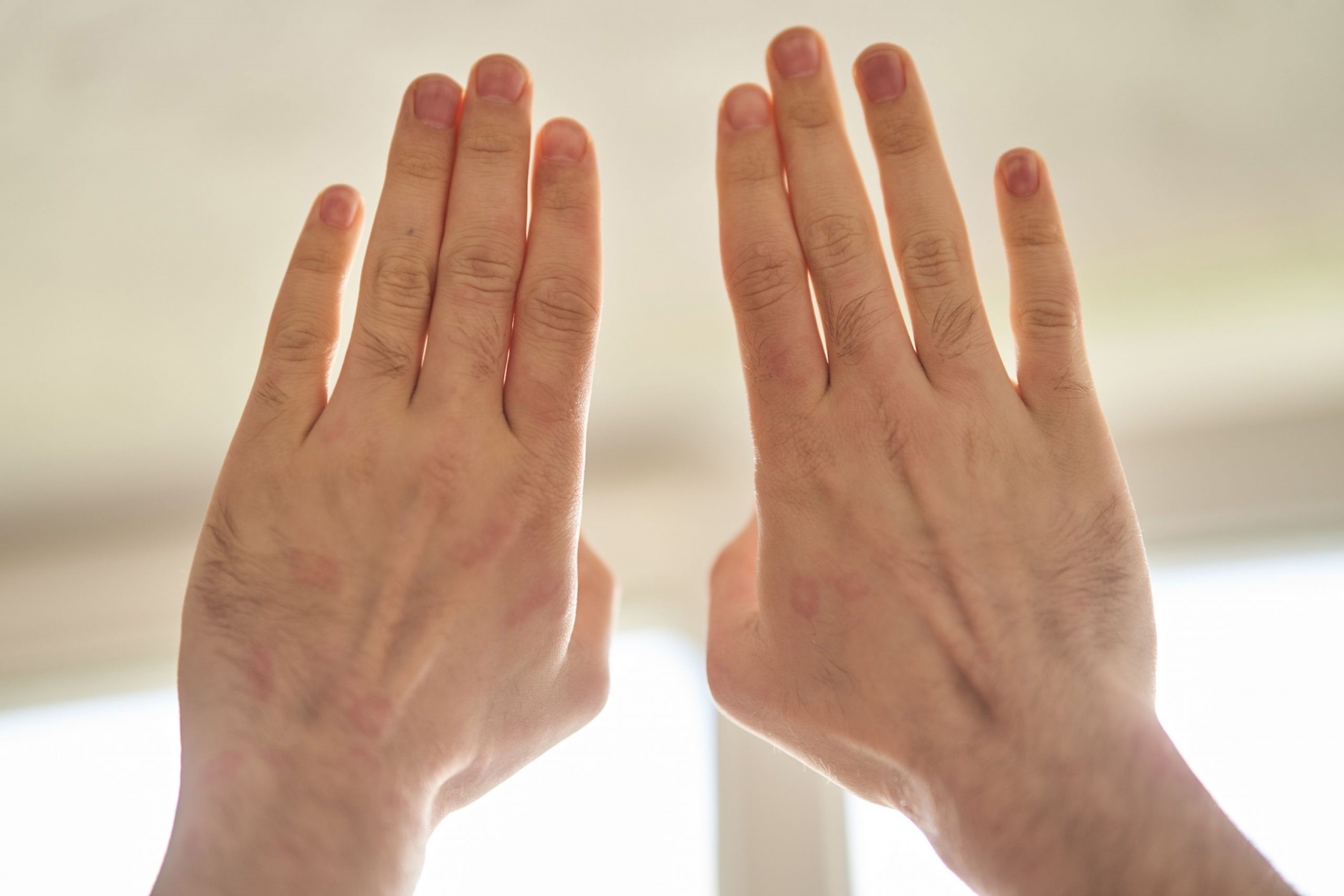

Lifestyle
How To Get Tar Off Skin
Published: March 6, 2024
Learn effective methods to remove tar from your skin and restore your natural glow. Discover simple lifestyle tips for tar removal and skin care.
(Many of the links in this article redirect to a specific reviewed product. Your purchase of these products through affiliate links helps to generate commission for Regretless.com, at no extra cost. Learn more)
Table of Contents
Introduction
Dealing with tar on the skin can be a sticky situation, quite literally. Whether it's from a DIY project gone awry or an unexpected encounter with roadwork, getting tar on your skin can be a frustrating and challenging experience. However, fear not, as there are effective methods for removing tar from the skin without causing further irritation or damage.
In this comprehensive guide, we will explore the nature of tar and its effects on the skin, as well as various tried-and-true methods for safely and efficiently removing tar from the skin. Additionally, we will delve into essential precautions to take before attempting to remove tar and the crucial aftercare steps to promote skin healing and restoration.
So, if you've found yourself in a sticky situation with tar on your skin, fret not. By the end of this guide, you'll be equipped with the knowledge and techniques to bid farewell to that pesky tar and restore your skin to its natural, smooth state. Let's dive in and discover the best ways to tackle this common nuisance.
Read more: How To Get Rid Of Textured Skin
Understanding Tar and Its Effects on Skin
Tar is a thick, viscous substance derived from various organic materials, such as wood, coal, or petroleum. It is commonly used in industrial processes, road construction, and even certain skincare products. When tar comes into contact with the skin, it can adhere stubbornly, creating a challenging situation.
The adhesive nature of tar makes it difficult to remove from the skin using traditional soap and water. Additionally, tar contains complex hydrocarbons and other compounds that can cause skin irritation and potential allergic reactions in some individuals. These compounds can penetrate the skin's outer layer, leading to discomfort, redness, and itching.
Furthermore, prolonged exposure to tar can result in the clogging of skin pores, potentially leading to acne or other skin blemishes. The abrasive nature of tar can also cause mechanical irritation, leading to discomfort and potential damage to the skin's surface.
Understanding the composition and effects of tar on the skin is crucial in determining the most effective and gentle methods for its removal. By acknowledging the potential risks associated with tar exposure, individuals can take proactive measures to safeguard their skin and mitigate any adverse effects.
In the next section, we will explore a range of methods for safely and effectively removing tar from the skin, ensuring that the skin is cleansed without causing further irritation or damage.
Methods for Removing Tar from Skin
When it comes to removing tar from the skin, it's essential to approach the task with care and precision to ensure effective cleansing without causing further irritation. Here are several tried-and-true methods for safely and efficiently removing tar from the skin:
1. Vegetable Oil or Olive Oil
- Begin by applying a generous amount of vegetable oil or olive oil to the affected area.
- Gently massage the oil into the skin, allowing it to penetrate and loosen the tar.
- After a few minutes, use a soft, clean cloth to wipe away the tar and oil residue.
- Follow up with a gentle cleanser to remove any remaining oil and tar, then rinse the skin thoroughly with warm water.
2. Petroleum Jelly
- Apply a thick layer of petroleum jelly directly onto the tar-stained skin.
- Allow the petroleum jelly to sit on the skin for several minutes, giving it time to soften and loosen the tar.
- Using a clean cloth, gently wipe away the petroleum jelly and tar residue.
- Cleanse the skin with a mild soap and warm water to remove any remaining residue.
Read more: How To Get Tree Sap Off Windshield
3. Mayonnaise
- Spread a generous amount of mayonnaise over the affected skin, ensuring that the tar is completely covered.
- Allow the mayonnaise to sit on the skin for approximately 10-15 minutes to soften the tar.
- Using a soft cloth, gently wipe away the mayonnaise and tar residue from the skin.
- Rinse the skin with warm water and cleanse with a gentle soap to remove any remaining mayonnaise and tar remnants.
4. Commercial Tar Removers
- If the aforementioned home remedies do not yield satisfactory results, consider using a commercial tar remover specifically formulated for skin use.
- Follow the product instructions carefully, applying the tar remover to the affected area and allowing it to work its magic.
- After the designated time, gently wipe away the tar remover and residue, then cleanse the skin thoroughly with a mild soap and warm water.
5. Seek Professional Assistance
- In cases where the tar is particularly stubborn or widespread, or if attempts to remove it at home have been unsuccessful, it may be prudent to seek professional assistance from a dermatologist or healthcare provider.
- These experts can provide specialized treatments and guidance tailored to the individual's specific situation, ensuring the safe and effective removal of tar from the skin.
By employing these methods, individuals can effectively and safely remove tar from the skin, restoring its natural state without causing further discomfort or damage. It's important to approach the process with patience and gentleness, allowing the chosen method to work its magic before cleansing the skin thoroughly.
Precautions and Aftercare
After successfully removing tar from the skin, it's crucial to prioritize precautions and aftercare to promote healing and prevent potential skin issues. Here's a detailed guide on the essential precautions and aftercare measures to ensure the skin's optimal recovery:
Read more: How To Get Paint Off Of Vinyl Floor
Precautions
-
Avoid Harsh Scrubbing: Refrain from vigorously scrubbing the skin to remove tar, as this can exacerbate irritation and potentially cause abrasions. Instead, opt for gentle, non-abrasive methods to loosen and lift the tar from the skin's surface.
-
Patch Test New Products: If considering the use of a commercial tar remover or any new skincare product post-tar removal, conduct a patch test on a small area of the skin to check for any adverse reactions or sensitivities.
-
Protective Clothing: When engaging in activities that may involve tar exposure, such as construction work or outdoor projects, consider wearing protective clothing and gloves to minimize direct skin contact with tar.
-
Prompt Removal: In the event of accidental tar exposure, aim to remove it from the skin as soon as possible to prevent prolonged contact and potential skin irritation.
Aftercare
-
Gentle Cleansing: Following tar removal, cleanse the skin with a mild, fragrance-free soap to eliminate any residual oil, tar, or product remnants. Gently pat the skin dry with a soft towel.
-
Moisturization: Apply a gentle, hypoallergenic moisturizer to the affected area to replenish lost moisture and support the skin's natural barrier function. Opt for products specifically formulated for sensitive or irritated skin.
-
Avoid Irritants: Steer clear of harsh chemicals, fragranced lotions, and exfoliating products on the treated skin to prevent further irritation and allow the skin to heal undisturbed.
-
Monitor for Reactions: Keep an eye on the treated skin for any signs of redness, swelling, or persistent discomfort. If unusual reactions occur, seek medical advice promptly.
-
Sun Protection: Shield the treated skin from direct sun exposure and apply a broad-spectrum sunscreen with a high SPF to safeguard against potential sun-induced irritation or damage.
-
Seek Medical Assistance: If the skin exhibits prolonged irritation, inflammation, or signs of infection post-tar removal, consult a dermatologist or healthcare professional for personalized guidance and treatment.
By adhering to these precautions and aftercare measures, individuals can support the skin's recovery process and minimize the risk of potential complications following tar removal. Prioritizing gentle care and vigilance can contribute to the restoration of healthy, comfortable skin.
Conclusion
In conclusion, dealing with tar on the skin can be a challenging and frustrating experience, but with the right knowledge and techniques, it is entirely manageable. Understanding the nature of tar and its potential effects on the skin is crucial in determining the most effective and gentle methods for its removal. By acknowledging the risks associated with tar exposure, individuals can take proactive measures to safeguard their skin and mitigate any adverse effects.
The methods for removing tar from the skin outlined in this guide offer a range of safe and efficient approaches to tackle this common nuisance. Whether opting for household staples like vegetable oil, olive oil, or mayonnaise, or considering the use of commercial tar removers, individuals have various options to choose from based on their preferences and the severity of the tar residue.
Furthermore, prioritizing precautions and aftercare following tar removal is essential for promoting healing and preventing potential skin issues. By embracing gentle cleansing, moisturization, and protective measures, individuals can support the skin's recovery process and minimize the risk of complications.
It's important to approach the process with patience and gentleness, allowing the chosen method to work its magic before cleansing the skin thoroughly. By adhering to these precautions and aftercare measures, individuals can contribute to the restoration of healthy, comfortable skin post-tar removal.
In essence, while encountering tar on the skin may initially seem like an insurmountable challenge, armed with the insights and methods provided in this guide, individuals can confidently address and overcome this sticky situation. With the right approach and care, bid farewell to that pesky tar and restore the skin to its natural, smooth state.
